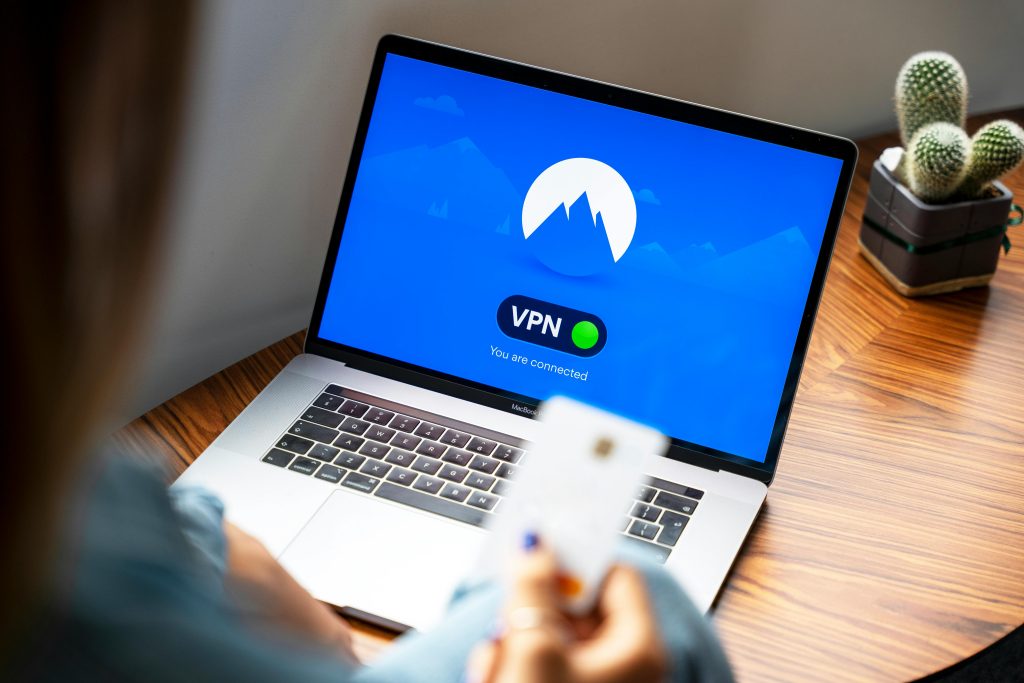Tackling Malware on Windows 10: A Cautionary Tale
In today’s digital era, even the most tech-savvy among us can fall victim to malware attacks, often with just a single click. This post highlights one young user’s experience with a troublesome trojan infection in Windows 10, illustrating the importance of vigilance and proper malware removal strategies.
The Incident
Recently, I found myself facing a daunting challenge after inadvertently clicking on a suspicious link while browsing. I now realize that curiosity can sometimes lead to dangerous situations. Upon interacting with the link, I was met with a series of prompts that I foolishly followed.
Initial Detection
Upon running a basic scan with Windows Defender, I was alerted to the presence of a trojan. The software successfully quarantined three suspicious files, which I promptly removed. However, my concerns did not dissipate. I couldn’t shake the worry that the trojan could still be lurking in the shadows of my system.
To put my fears to rest, I performed an additional scan using Malwarebytes in normal mode, rather than in safe mode, and was relieved to find no remnants of the trojan. Windows Defender’s offline scan also returned negative results. Despite these findings, I remained anxious about the potential for file corruption or unauthorized access to my personal data.
Seeking Solutions and Peace of Mind
If you ever find yourself in a situation similar to mine, it is crucial to remain calm and take comprehensive steps to ensure your computer is clean. Here are a few recommendations:
-
Conduct Multiple Scans: Utilize different antivirus software, like Malwarebytes, in addition to Windows Defender, to increase the chance of pinpointing any lurking threats.
-
Use Safe Mode: When running scans, you might want to consider using Safe Mode, which can prevent certain malware from loading, making it easier to detect and remove.
-
Check for System Performance Issues: Monitor your system for any unusual behavior, such as slow performance or unexpected pop-ups, which could indicate remaining malware.
-
Regularly Update Your Software: Ensure that your operating system and antivirus programs are always up to date to protect yourself from the latest threats.
-
Backup Your Data: Regularly back up your important files. In the event of a severe infection, having your data safe and secure can alleviate some concerns.
-
Seek Professional Help: If insecurity persists, consider consulting a professional who specializes in malware removal.
Share this content:




Thank you for sharing your detailed experience. Dealing with malware, especially trojans that can execute in critical system areas like the “run” program, can be challenging. I recommend the following additional steps to ensure your system is thoroughly cleaned: